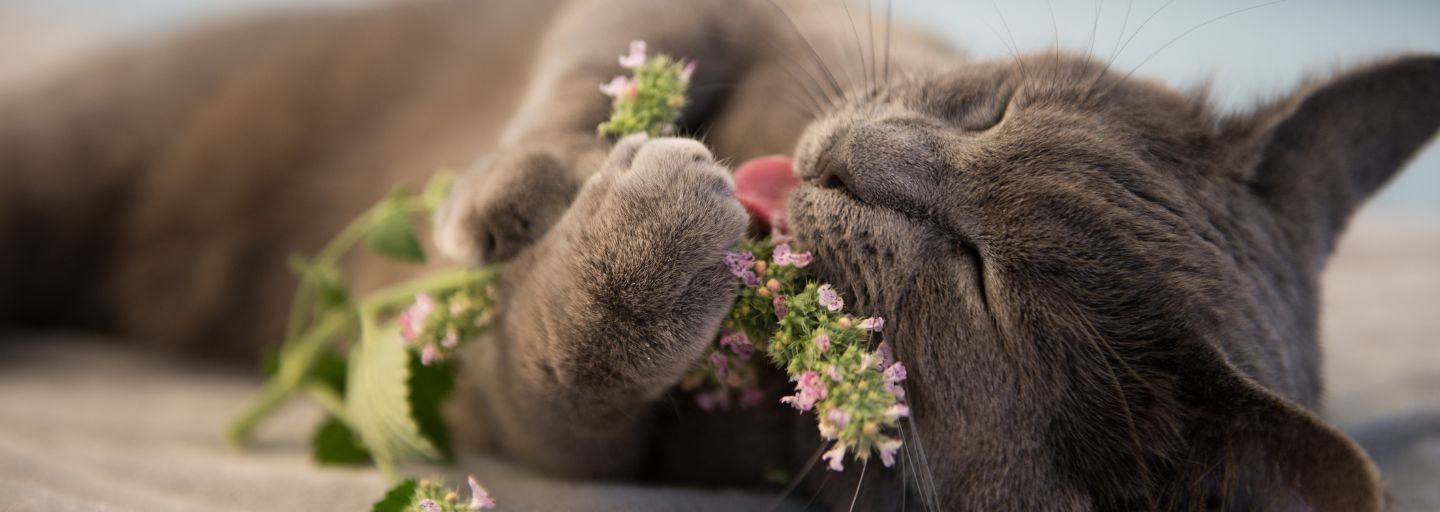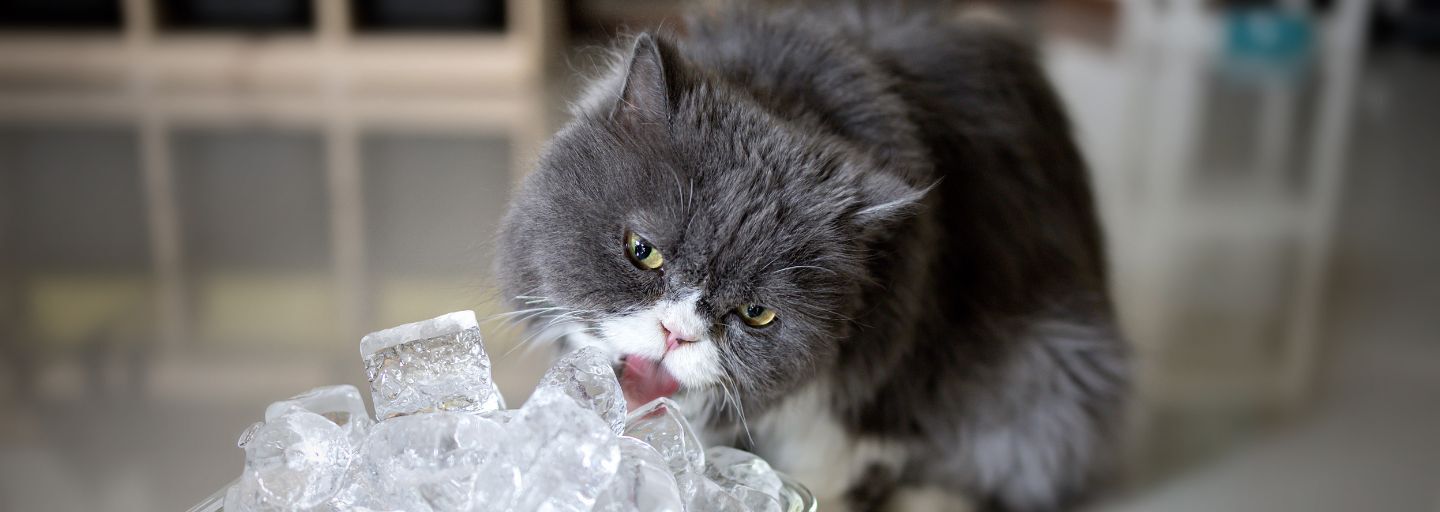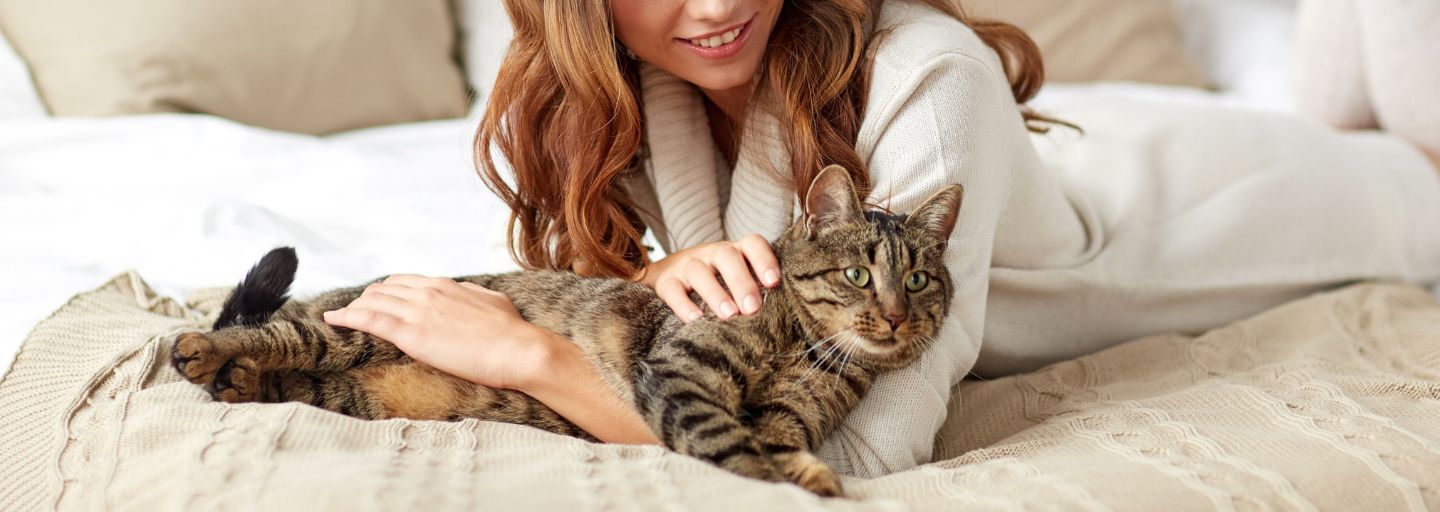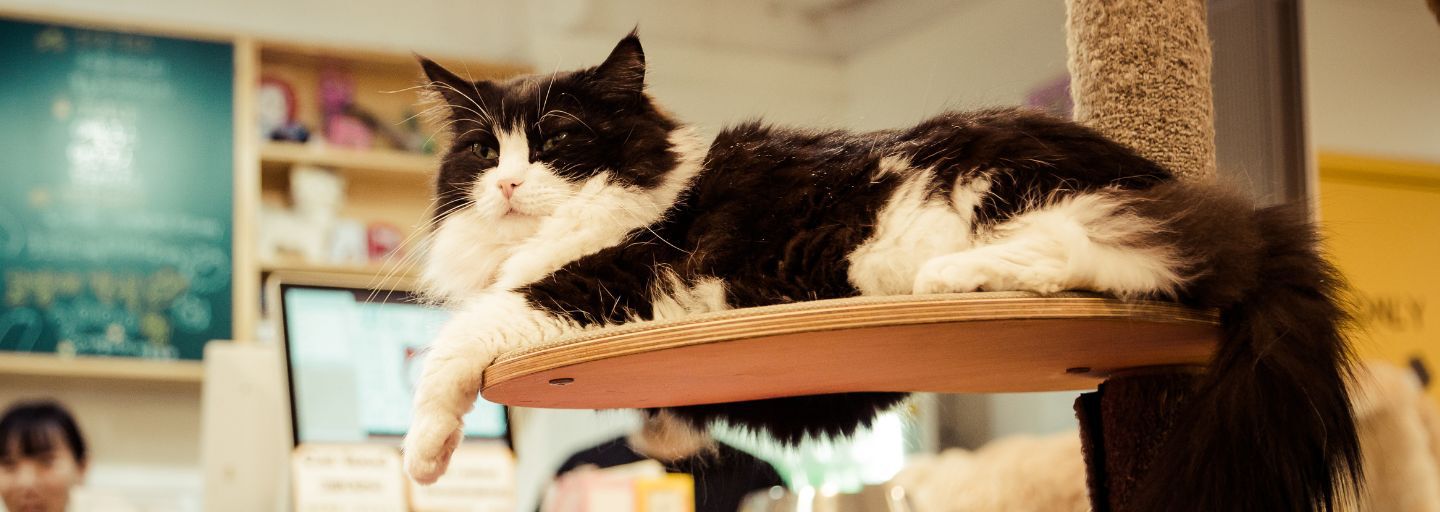While our feline friends are often natural models of poise and grace, some of them can turn into giddy kittens just by getting a sniff of catnip.
So, what is catnip? And what about it drives cats crazy? Are there health benefits or side effects? There’s a reason why your cat loves this fascinating herb and there’s plenty of ways you can help them enjoy it.
What is Catnip?
Catnip or Nepeta cataria, is a perennial herb from the same family as peppermint and spearmint. It’s native to Europe and Asia but the herb has managed to spread to most countries. It has sturdy stems with white and purple flowers. Although it is potent as a fresh plant, most cat toys contain a type that has been dried and ground into smaller pieces.
The main ingredient in catnip is called nepetalactone, that stimulates certain brain pathways related to mood and happiness. This sense of euphoria has been compared to that of a hallucinogenic drug on humans.
What Happens When My Cat Has Catnip?
Some cats react differently than others when it comes to catnip. Some cats may react to the plant by rolling around, flipping over, and generally being hyperactive, and some won’t be affected at all. This “high” usually lasts between 5-10 minutes but can last as long as an hour. The response will depend on each individual cat. Kittens, however, aren't sensitive to catnip. Only cats 3- 6 months old and older (sexual maturity) react to its odour.
The effect of catnip on cats is temporary and typically wears off within half an hour, as your cat briefly develops immunity to the effects. It is also common for cats to remain quite still after experiencing a euphoric reaction until the effects subside.
Health Benefits and Side effects
Besides making your cats extra relaxed and happy, catnip has additional health benefits. If your cat is the type who prefers naps over a feather wand, catnip can be a good way to encourage play and movement. If your cat experiences the sedated reaction (as opposed to the hyperactive response) to the herb , it can also be helpful for cats that are anxious about traveling in the car. Sprinkling catnip in their carrier can help them make it through the journey stress-free.
Although catnip is completely non-toxic, some cats may have an adverse reaction. Find more about it below.
How Should I Give it to My Cat?
Catnip toys are usually the most popular way to administer this herb to your feline friend. However, a classic choice is dried catnip which you can sprinkle on anything from toys to scratching posts. You can also try growing fresh catnip. Just remember that the fresh kind is much more potent than its dried counterpart, so less is more when it comes to entertaining your cat.
Can cats eat catnip?
Yes, cats can consume catnip, and it is safe for them to do so. If they happen to consume a large amount of the herb, they may experience mild tummy upset. However, since most cats are attracted to the smell rather than the taste, this is unlikely to occur.
How To Use Catnip for Training?
Using catnip as an incentive can be effective if your cat is a big fan of catnip but is not responsive to your commands. You can reward your cat with a bit of catnip whenever they exhibit a desired behaviour, such as using their litter box or coming when called.
Given the positive effects that catnip may have on your cat, you owe it to yourself and your feline friend to see how they react to this ‘magic’ herb. Not only will it be entertaining for you, it will also provide fun, enjoyment and much needed exercise for your cat.



